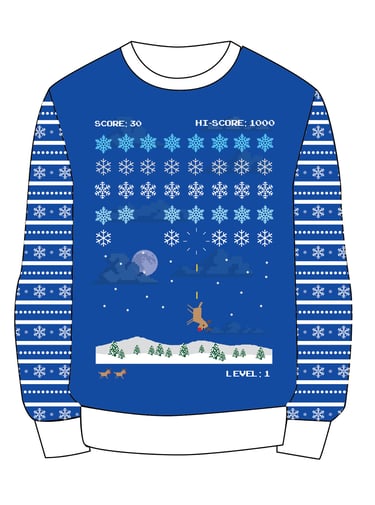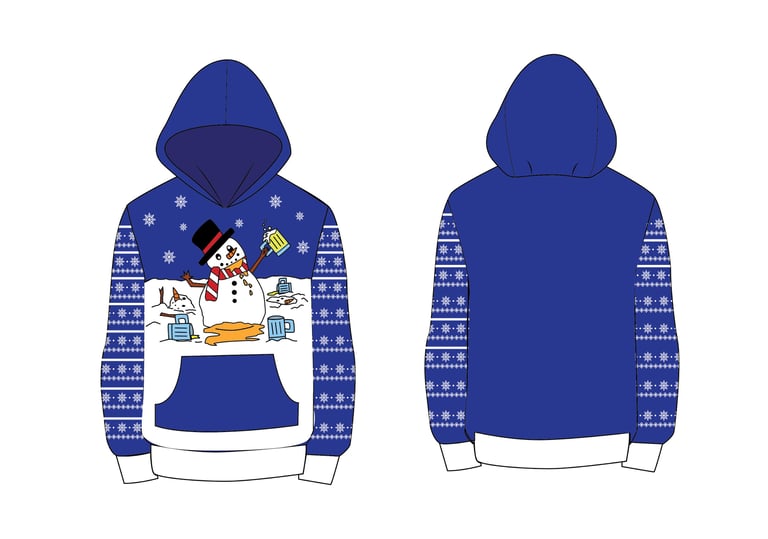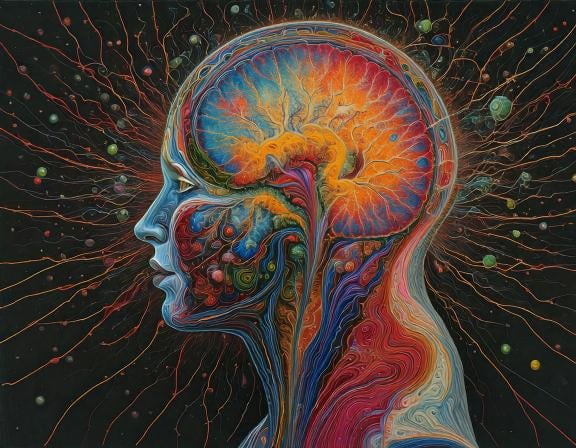FUNZIEZ! Holiday Ugly Sweaters and Gifts!
A collection of holiday fun and comfortable onesies and ugly sweater designs and ideas for the holidays.






























Top 5 Psychology Principles in Design that are highly influential:
1. Gestalt Principles
Gestalt psychology explores how humans perceive visual elements as whole forms rather than just individual parts. Key principles include proximity, similarity, continuity, and closure, which help guide the viewer’s attention and create coherent, easy-to-navigate designs.
2. Hick’s Law
Hick’s Law states that the time it takes for a person to make a decision increases with the number of options. Simplifying choices and providing clear calls-to-action helps reduce cognitive load, making it easier for users to interact with your design.
3. Color Psychology
Colors evoke specific emotions and associations, influencing users' perceptions and behaviors. For example, blue often conveys trust and reliability, while red signals urgency or excitement. Using the right colors can set the tone and mood of the design, guiding users’ emotional responses.
4. The Serial Position Effect
This principle states that people tend to remember the first (primacy effect) and last (recency effect) items in a list better than the middle ones. Designers can leverage this by placing important information or calls-to-action at the beginning or end of a user journey.
5. Fitts’s Law
Fitts’s Law predicts that the time required to move to and select a target (e.g., a button or link) depends on its size and distance. Larger and easily accessible targets enhance usability, making interactions smoother and reducing user frustration.
These principles help designers create more user-friendly, efficient, and aesthetically pleasing designs that cater to human psychology.
By applying principles of psychology, designers can create user experiences that are intuitive, engaging, and emotionally resonant. This includes using color psychology to evoke specific emotions, leveraging Gestalt principles to guide visual perception, considering cognitive load to simplify decision-making, and applying persuasive design techniques to motivate actions. Ultimately, the goal is to create designs that not only look good but also align with how users think and feel.

